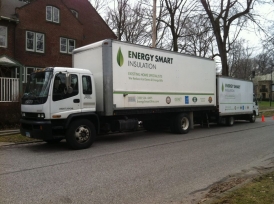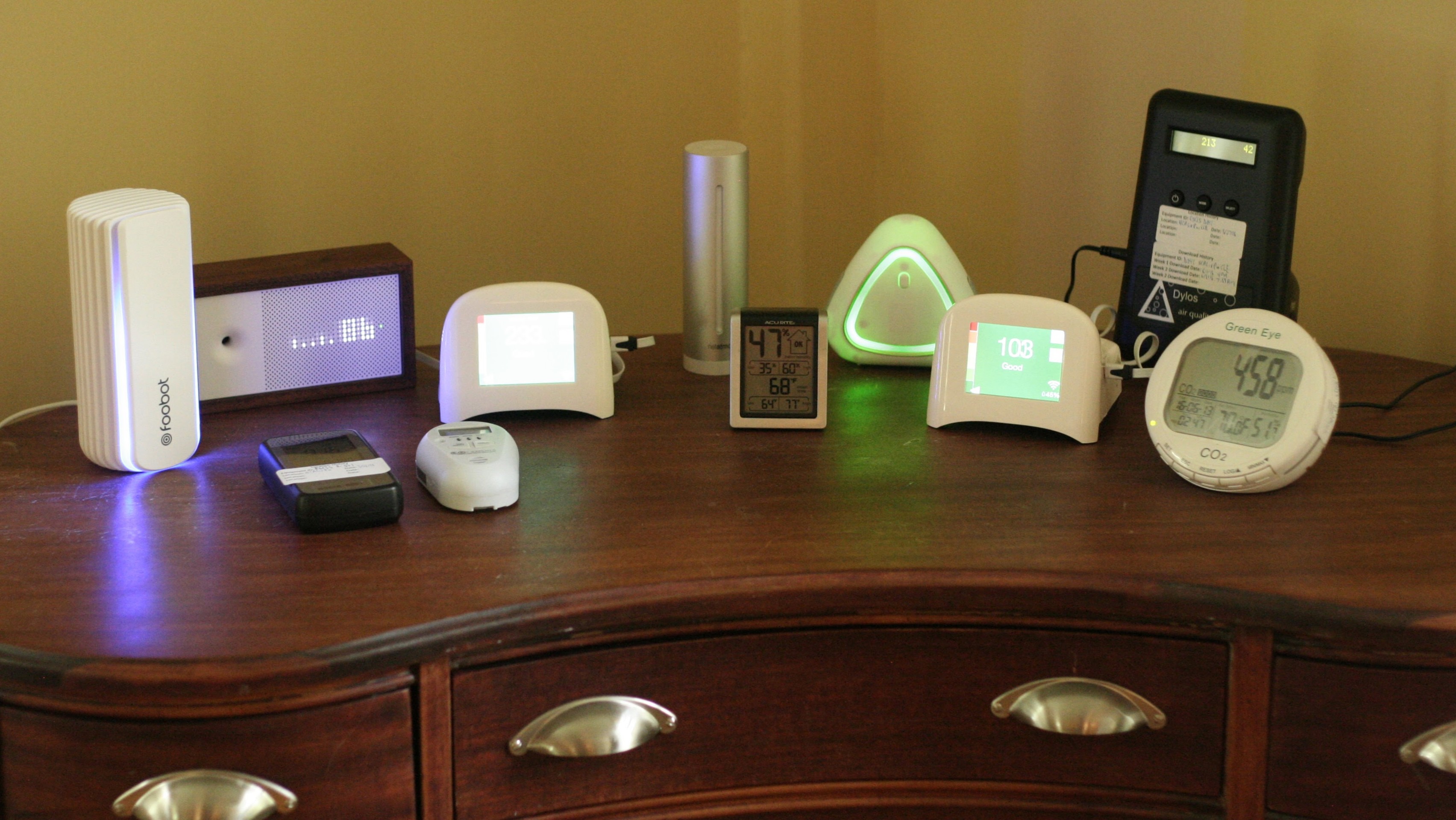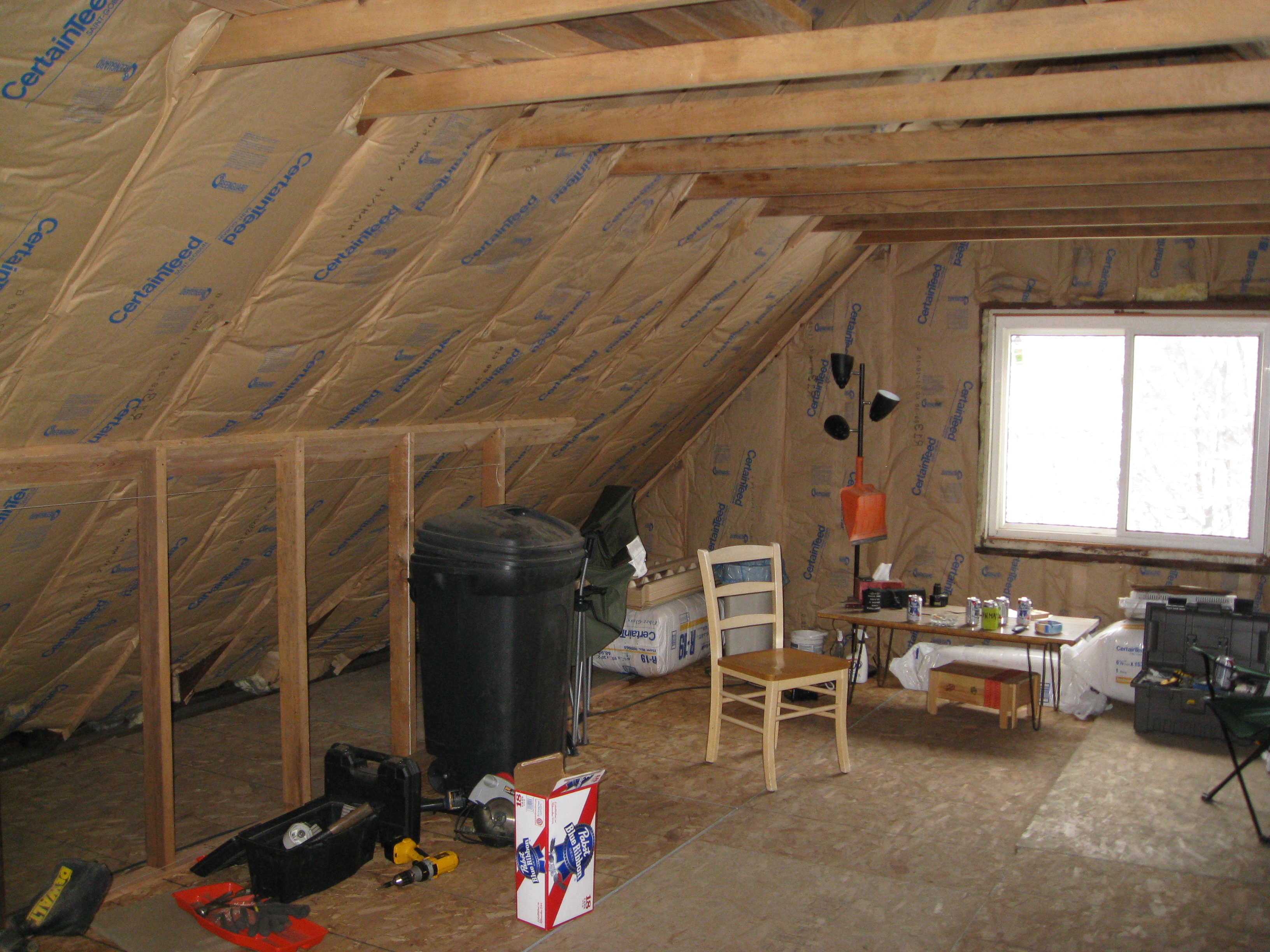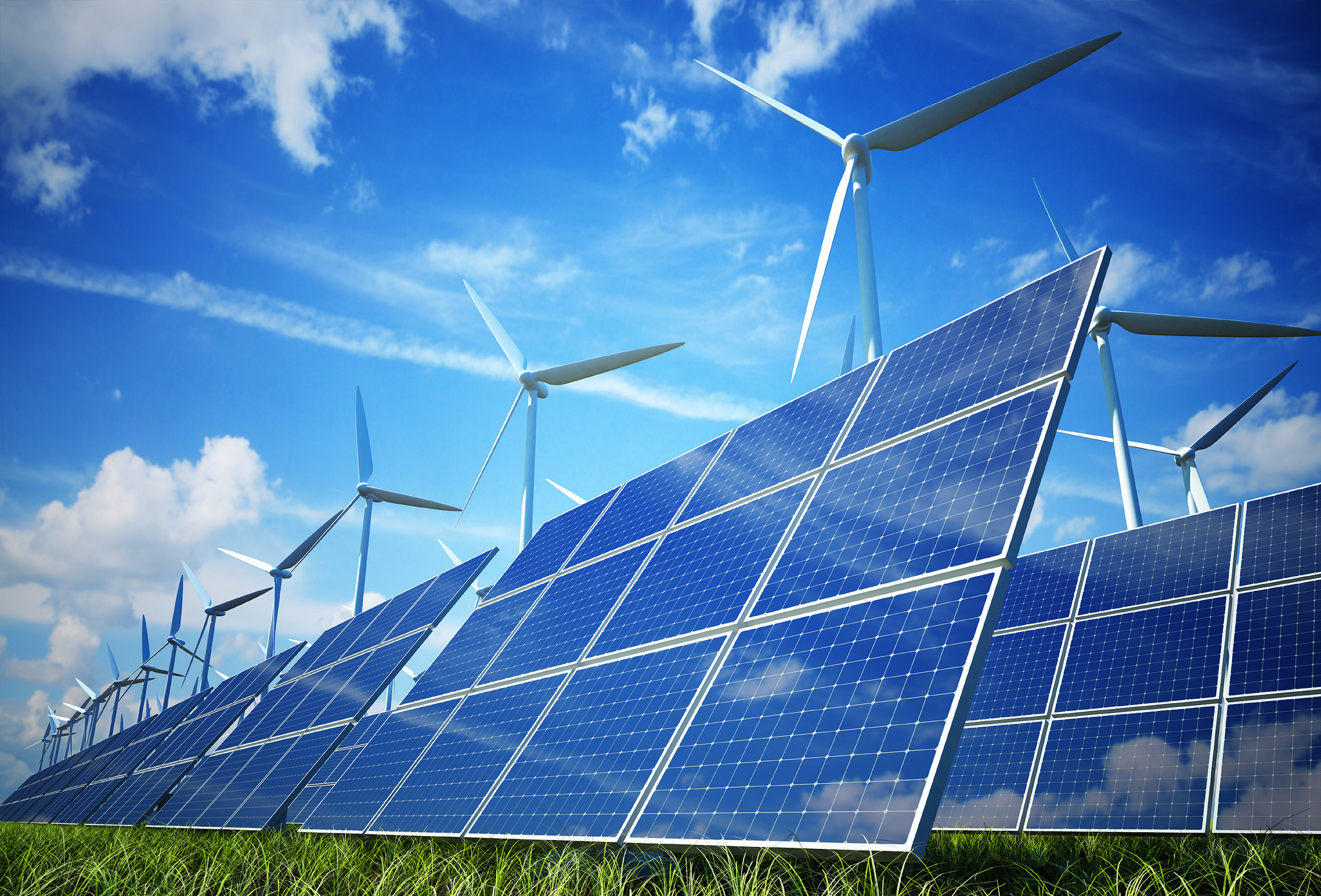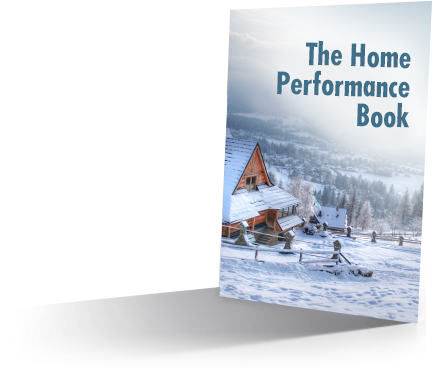What the heck is Home Performance? And do I give a hoot?
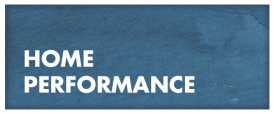
If you have a room or rooms in your house that get too hot or cold, or icicles in the winter, or allergy problems that are worse indoors, or out of whack utility bills, or rotting wood, or bug & critter issues – you give a hoot about Home Performance you just don’t know it yet.
So what the heck is Home Performance?
Frankly, defining Home Performance is a bit tricky, because it is a BIG topic, although the term defines itself pretty well too. (Kind of like my favorite made-up word, overcomplexification.) Capisce? No? Let me try to come at it from 2 different directions, because some people will care about the technical side, but most will care about what it results in.
Home Performance, the real world definition, and the one you care about:
Home Performance is the art and science of making a home:
1. More Comfortable – no more hot and cold rooms, just even temperatures with no drafts
2. Healthier & Safer – reduced pollen, dirt, radon, mold, chemicals, carbon monoxide, and other Indoor Air Quality (IAQ) issues
3. Longer Lasting – Water Kills Buildings – HP reduces moisture problems like ice dams, wet basements, nasty crawlspaces
4. More Efficient – most HP measures reduce your heating and air conditioning bills
Basically, Home Performance makes your home the best that it can be. Old houses are comfy like new ones, and new homes are even nicer to live in.
Home Performance, the more technical definition:
Home Performance is, shockingly, the process of making a home perform better. Hence the self-definition thing. You heard it here first folks. What? You want me to be helpful?
Seriously, the 4 points above are achieved with 3 primary means:
1. Energy Audit – This is like a diagnosis from a doctor, before you can fix a problem, you have to know what’s wrong first.
If you walked into a doctor’s office and they handed you 2 aspirins and told you to call them the next day, and here is your $100 invoice, you would not be pleased. Yet we let contractors do that all the time. You need windows? We got windows. Maybe you have another problem besides windows. An energy audit will find it, and a good auditor will not pressure you into buying something. Read more on what an energy audit is here (opens in a new window).
2. Air Sealing & Insulating – First and foremost, keep the heat and cool in.
I just heard a speaker ask how to make an 80% furnace more efficient. The answer? Make it run less by reducing heat leakage. Your house probably leaks air like a sieve. The most important leaks are in the attic and basement, thankfully where they are (usually) fairly easy to access and fix. Attic hatches, plumbing stacks, recessed lights, and bathroom fans are a few good air leak examples. A Home Performance contractor will seal up your house (by the way, there is no such thing as ‘too tight’, but that’s for another post.)
Once your home is air sealed, it’s time to add insulation wherever it needs it, almost always in the attic and basement, and sometimes in the walls. Find out if your walls need insulated by clicking here. Presto, your home is holding in the heated or cooled air, and your furnace and air conditioner run a lot less.
3. New Furnaces and Air Conditioners – Second, make the heat and cool in your house as efficiently as possible.
Once the outside of your house is leaking much less, you need smaller equipment than before. Kind of like when a car is lighter, the same engine makes it go faster than before. You can also install more efficient equipment (and if you’re going to change it, PLEASE do this). Furnaces should be at least 90% efficient, 95+ is best, and ACs should be 15 SEER or more.
Between the furnace and air conditioner being both smaller and more efficient, they’ll save a lot of money while you stay comfortable.
Oh, please DON’T change your furnace and AC before step 2, if at all possible. An efficient furnace in an inefficient house is like a Prius motor in a 5 ton Hummer – kind of pointless.
What? That’s it?
Yes and no. If you have major moisture problems like standing water in the basement or mold in the attic so big it threatens to grow legs and walk out of the house, you may need another specialist to give a hand.
There could be other people involved, but for most homes, steps 1-3 are all that are necessary to achieve the best Home Performance your home is capable of.
So that’s Home Performance in a nutshell. There are a ton of complicated issues like pressure planes, thermal boundaries and bypasses, fiberglass, cellulose, SEER, AFUE, and tons more (Ha! Tons is an AC term! I love energy geek jokes!); but a good Home Performance guy won’t confuse the heck out of you with jargon, they will tell you how to fix the problem you are after, and probably a bunch of other ones at the same time.
Doesn’t Home Performance sound magical? It is. It’s the magic of building science.
So what are you waiting for? Get an energy audit and fix that leaky, dusty, uncomfortable house!
Energy audits are offered at a reduced rate by many utilities:
Dominion East Ohio Gas Utility $50 audit, up to $1250 in rebates.
First Energy/Ohio Edison/The Illuminating Company $100, up to $275 in rebates.
Not in Cleveland Ohio? No problem, Energy Savvy has a rebate program listing.
Just want to learn more? Sign up for the Energy Smart Blog at the top of the right column, we’ve got your tasty little bites of HP. OR like us on Facebook.
Want to know how Home Performance can make your home the best it can be? Our quotes (don’t call them that, though) include a thorough look through your home to find what it needs. We can then tell you about what the rebates will be that will apply to your home and even tackle the paperwork. Just give us a call at 330-524-6495.
Get the HVAC Guide

It's free! Make buying a new furnace, air conditioner, or heat pump less stressful.


